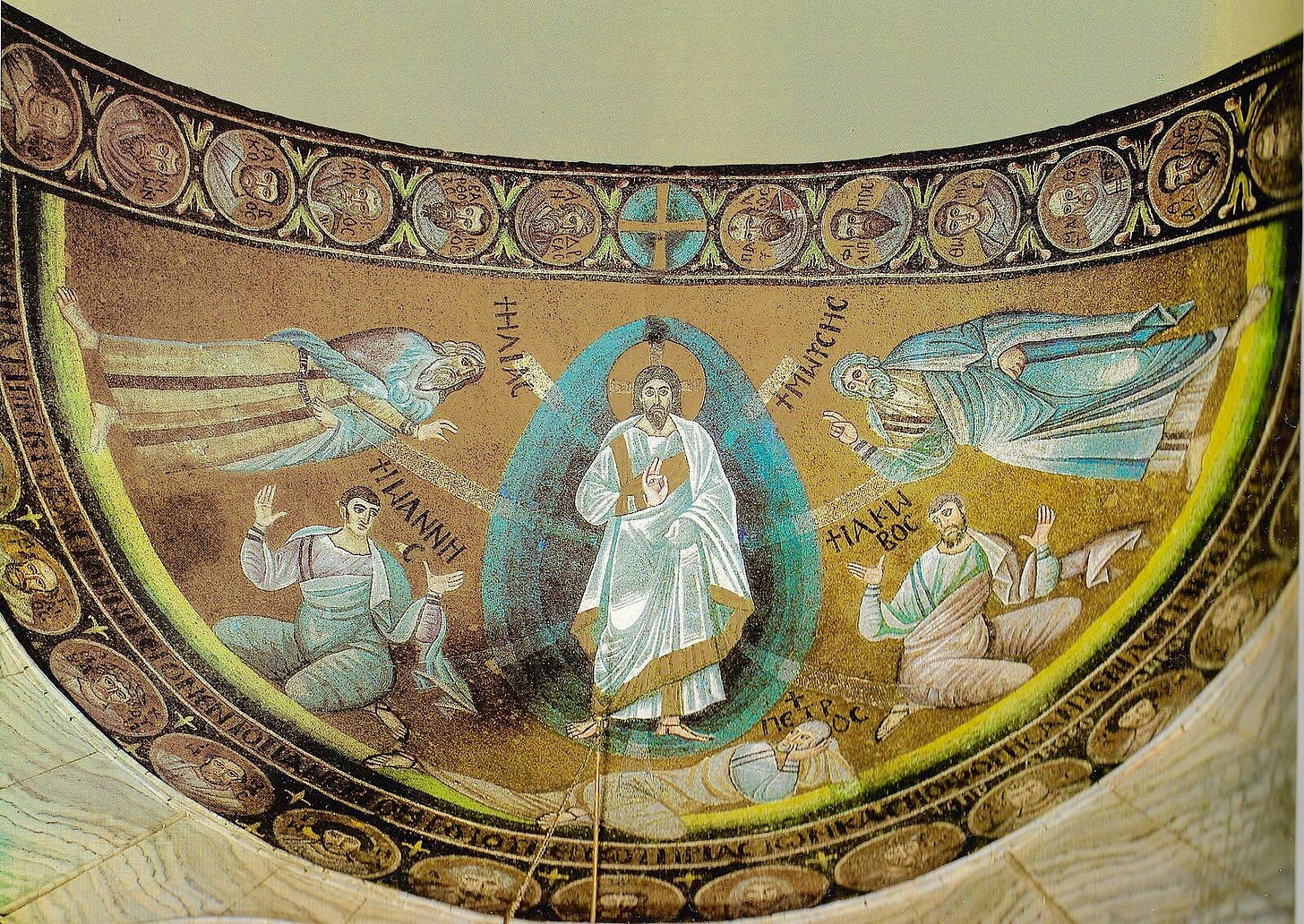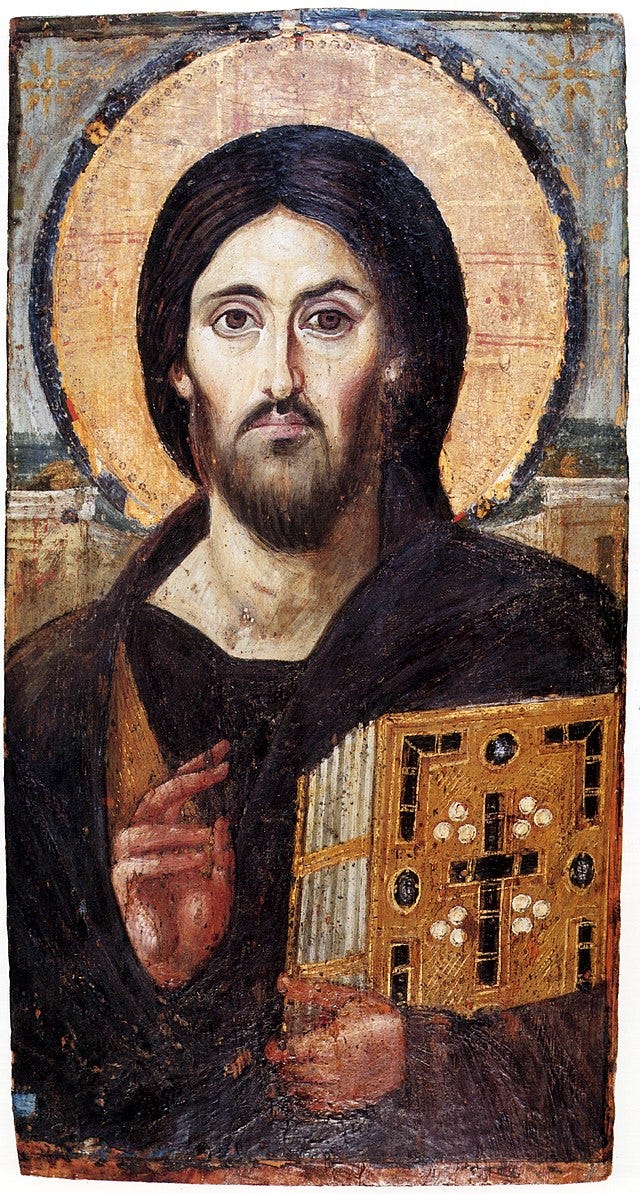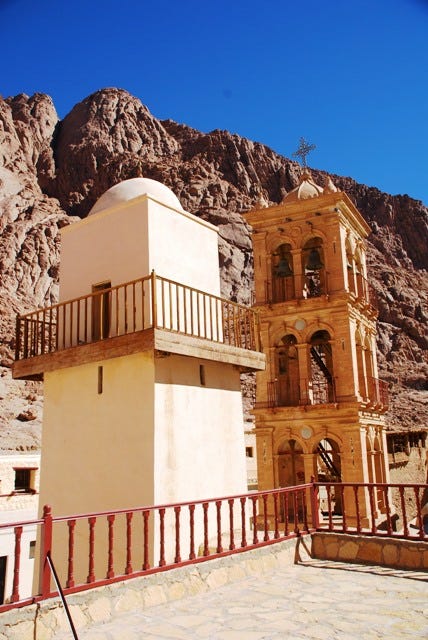In 1988 I had the privilege of visiting the Monastery of St. Catherine in the Sinai desert. I travelled with a Greek architect in charge of restoring the roof of the basilica. His acquaintance with the monks opened the doors of the monastery for me. My first impression of it was while we waited for a certain monk called George to welcome us. We were told that he was resting and that it probably would take a couple hours before he rose from his nap. After all, he had been praying in the church much of the night. I remember that we were sitting by the well for quite some time. My Greek friend explained that the concept of time is different in the desert than in the city. Time flows more smoothly in the wilderness. It somehow stretches out, so that there is more of it. After some days at the monastery, I could confirm this sentiment through my own experience.
At this time I was working on my Masters Degree from the University of Bergen. I studied Art History there, and had decided to explore different versions of the Transfiguration (the seeds planted then grew into my book, The Uncreated Light). An exceptionally majestic mosaic with this motif was to be found in the apse of the basilica in St. Catherine. Although the iconostasis obscured parts of it from view, I could come close enough to it to get a realistic impression.
(The Transfiguration mosaic in the apse of the church, Monastery of St. Catherine, Mount Sinai)
In addition to a unique library containing valuable manuscripts, the monastery also has an extensive collection of icons. The best known among these is a version of Christ Pantocrator which, together with the mosaic, is dated to the sixth century. These works are examples of high quality church art produced before the iconoclastic period.
(Christ Pantocrator, 6th century)
I lived in a guest room inside the monastery’s walls. One of the Beduins who worked there had the task of bringing me food and to look after me a bit. One evening, he brought me newly baked bread. Lights were turned off at 10:00 PM, so everything necessary had to be finished before that.
An interesting fact is that a group of Beduins has a little settlement inside the monastery walls. In fact, there is a small mosque with a minaret next to the monks’ bell tower. Muslims and Christians living in such close proximity is exceptional, and reflects the possibility of living together in understanding and love.
Below are four excellent short videos about St. Catherine’s (the longest is 26 minutes, the shortest only 7), covering aspects of the life lived there, the iconography of the monastery, and its world-famous library, containing invaluable ancient manuscripts. I believe you will enjoy them.






